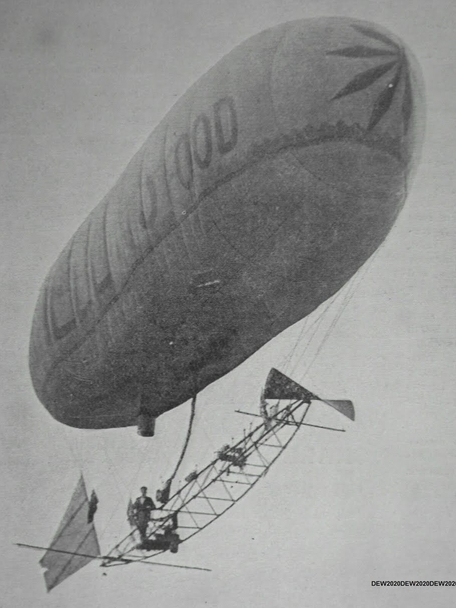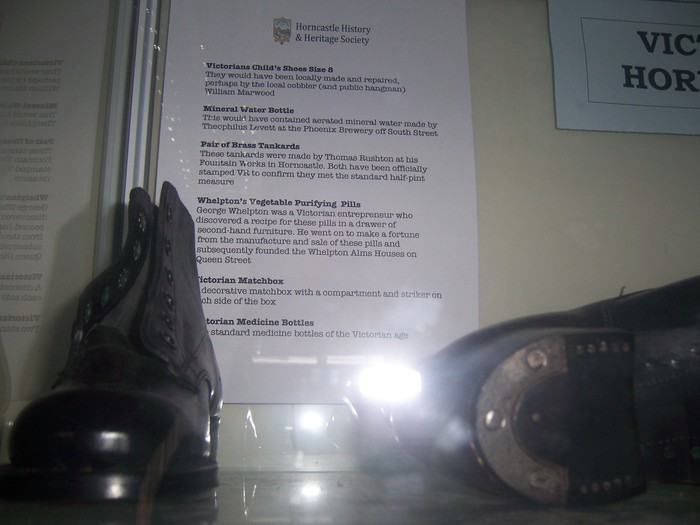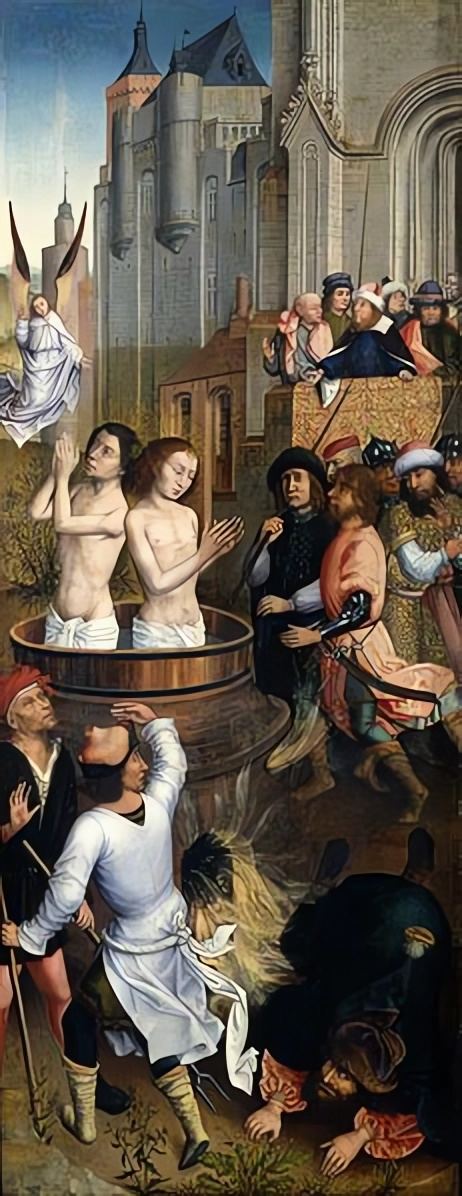Modern innovation turned balloons into airships. Modern alchemy developed new sources for lighter-than-air gas. Mon 06 December 2021
The Mellin Airship. 1902. Source
Stanley Spencer made the first crossing of London by airship on 19 September 1902. The Mellin Food Company sponsored the airship's build and the airship was called The Mellin Airship. Builder-pilot Stanley Spencer called it: Airship No 1.
Why would a baby milk company invest in an airship?
From Wikipedia - Margarine:
The basic method of making margarine today consists of emulsifying a blend of oils and fats from vegetable and animal sources,
with skimmed milk
And it should already be clear why a company heavily invested in expensive - and experimental - fat processing technologies would also be interested in market demand for lighter-than-air gasses.
Two balloon heroes' names provide hints:
-
The two parts of the female balloonist name: Margaret and Graham are associated, respectively, with fat and fire.
-
The last name of balloonist Claude Champion De Crespigny was seemingly constructed from 'Saint Crispin' - the patron saint of unwanted human skin fat - and 'Igny' - the Latin word for 'fire'.
Saint Crispin is the night-cordwainer - the saint who preached during the day and made shoes at night.
He's not the only shoe-maker with a day-job:
Victorian child's shoes, Horncastle Museum, Lincolnshire.
The top paragraph says:
Victorian Child's Shoes Size 8 They would have been locally made and repaired perhaps by the local cobbler (and public hangman) William Marwood
Source: William Marwood - Wikipedia
From Marwood and his long drop:
Marwood had developed a method of hanging called the “long drop”, this method ensured that the prisoners neck was broken instantly at the end of the drop.
Marwood was appointed the official Crown Executioner in 1874 and carried out 178 executions in his 9 year career
Unfortunately, England's execution counts are not always reliable:
From Albert Pierrepoint- Wikipedia:
Albert Pierrepoint (30 March 1905 – 10 July 1992) was an English hangman who executed between 435 and 600 people in a 25-year career
What kind of accounting is that?
And why would a shoemaker become an expert hangman? Why not a butcher or a local abattoir worker? Because shoemakers have been sanitised.
Like abbots:
From The Diary of Abraham de la Pryme, 1696-03-13, p83:
I heard an old man this day, that was one [of] Cromwell's soldiers, say that clergymen in his great master's days were no more esteem'd of than pedlars. He added that they could not go any where from home but they were dispiz'd and scoff'd at, and the little children in the streets would point at them, and call them blackcoats, such was the abominable wickedness of them times !
Pryme means the wickedness of the clergy: the abbots, friars and nuns - not the little children.
Why would an abbot be unclean? For the same reason British people despised 'rag and bone men'.
Among other things, they were associated with ugly material processes. The ugly trade of cordwainer:
Before sanitisation. Source: The Witcher
From King James I Costume - 1603-1625 from English Costume, Dion Clayton Calthrop:
we... some patent invention of the devil on our feet, might feel that the Jacobean gentleman looked and was untidy, to say the least of it, and had better be viewed from a distance.
That's a reference to the smell of kid leather clothing.
As a cordwainer, Saint Crispin ignited the rage of just about everyone. His death also contains sanitised hints about his professional past. Narratives claim St Crispin was drowned along with his brother. But more adult stories of the Crispins' deaths involve skinning, with their flayed corpses being kept underwater weighed down with millstones.
The same mythologising disinfectant crops up in blood-libel accounts from the same 13th century period in English cities including Lincoln, Norwich and York. Lincoln's story of Little Hugh involves leather makers from abroad making multiple cuts in a boy's skin before throwing his corpse into a well in the cellar of their workshop-cum-house:
Soaking helps separate the components. Source: Westworld S02 Ep01
From the right-side of van den Bossche's 'St Crispin' tryptich:
Boiled by shoemakers. Allegedly. Source
However, the white-clad man carries a staff which is sprouting where it touches the ground. This is a trademark of the patron saint of travellers, St Christopher.
From The Origin and Use of Royston Cave, Joseph Beldam, 1884:
This saint being once on his travels, is reported to have struck his staff into the ground, which, in token of the truth of his doctrine, took root, and produced both flower and fruit.
_14.jpg)
Aert van den Bossche's skinning of the Crispin brothers. Source
Bossche's complete painting depicts the boys being killed in several ways at the same time.
Count the kills; count the methods. Source: Aert van den Bossche
According to Wikipedia:
- They had their bones broken (left)
- toenails extracted (upper left)
- skin ripped off of their backs in long narrow strips (center) see Away in a Manger - Part Five
- they were thrown off the cliff into the Aisne river (upper right)
- and when they refused to drown they were boiled alive in a cauldron (upper right corner, between hills) before
- being beheaded.
Wikipedia's description of the killing is not quite correct. It should be:
- They had their bones broken (left)
- toenails extracted (upper left)
- skin carefully removed from their backs in long narrow strips with the long-bladed flensing knife on the ground (center)
- they were thrown off the cliff on to the ice of the Aisne river (upper right)
- and when they refused to drown they were boiled alive in a cauldron (upper right corner, between hills) before
- being beheaded.
Art historian Jan Białostocki claimed the butchery processes shown in the painting, along with most of its 13 plants, are associated with obtaining and processing skin for tanning.
However, the presence of so many different people, along with dogs and horses, also suggests a hunting scene. Perhaps souvenir collection after a successful hunt.
As if their killers were enjoying a martial pleasure garden.
© All rights reserved. The original author retains ownership and rights.
More of this investigation:
Gas Stations of the Past,
More of this investigation:
Misunderstood Technology
More by tag:
#human leather, #Manimal Farm




